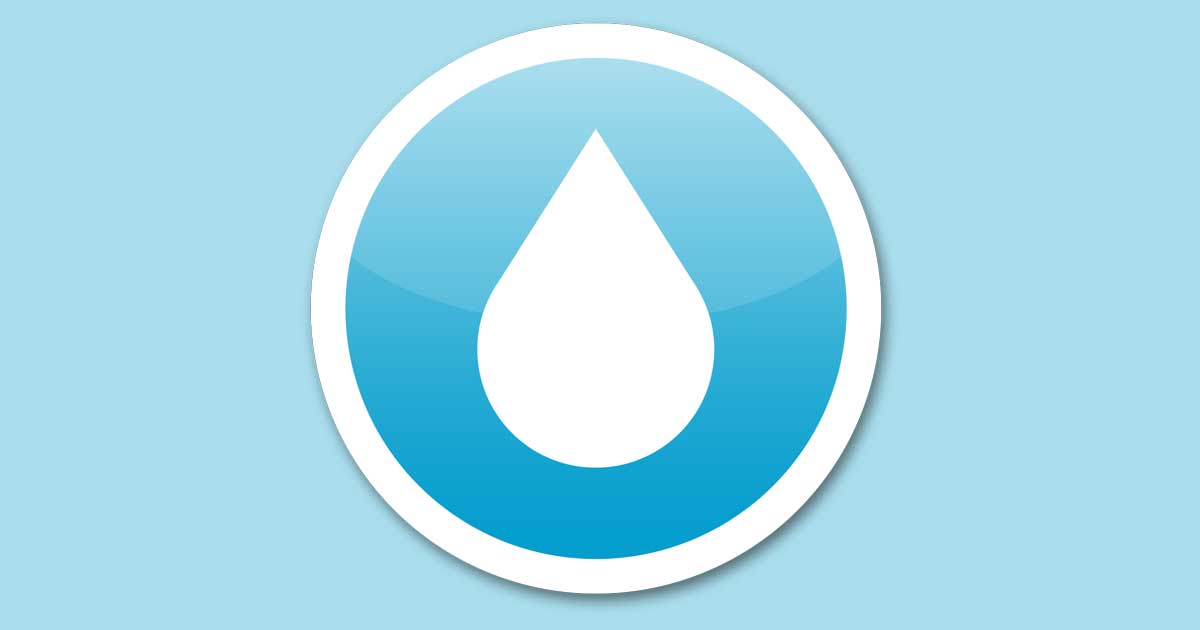Lead In Drinking Water
November 27, 2023
ALEXIS RESIDENTS~ LEAD IN DRINKING WATER
The Illinois Environmental Protection Agency (IEPA) and the Village of Alexis are concerned about lead in your drinking water. Although most homes have very low levels of lead in their drinking water, some homes in the community have lead levels above the EPA action level of 15 parts per billion (ppb), or 0.015 milligrams of lead per liter of water (mg/L). Under Federal law we are required to have a program in place to minimize lead in your drinking water. This program includes:
1. Public education content
2. Corrosion control treatment (treating the water to make it less likely that lead will
dissolve into the water)
3. Source water treatment (removing any lead that is in the water at the time it leaves our
treatment facility)
This will also explain the simple steps you can take to protect yourself by reducing your
exposure to lead in drinking water.
Important information about lead in your drinking water
The Village of Alexis found elevated levels of lead in drinking water in some homes/
buildings. Lead can cause serious health problems, especially for pregnant women and young children. Please read this information closely to see what you can do to reduce lead in your drinking water.
HEALTH EFFECTS OF LEAD
Lead can cause serious health problems if too much enters your body from drinking water or other sources. It can cause damage to the brain and kidneys, and can interfere with the production of red blood cells that carry oxygen to all parts of your body. The greatest risk of lead exposure is to infants, young children and pregnant women. Scientists have linked the effects of lead on the brain with lowered IQ in children. Adults with kidney problems and high blood pressure can be affected by low levels of lead more than healthy adults. Lead is stored in the bones and it can be released later in life. During pregnancy, the child receives lead from the mother’s bones, which may affect brain development.
SOURCES OF LEAD
Lead is a common metal found in the environment. Drinking water is one possible source of lead exposure. The main sources of lead exposure are lead-based paint and lead-contaminated dust or soil, and some plumbing materials. In addition, lead can be found in certain types of pottery, pewter, brass fixtures, food and cosmetics. Other sources include exposure in the workplace and exposure from certain hobbies (lead can be carried on clothing or shoes). Lead is found in some toys, some playground equipment, and some children’s metal jewelry. Brass faucets, fittings, and valves, including those advertised as “lead-free” may contribute lead to drinking water. The law currently allows end-use brass fixtures, such as faucets, with up to 0.25 percent wetted surface lead to be labeled as “lead-free”. When water is in contact with pipes, and plumbing containing lead for several hours, the lead may enter drinking water.
Don’t forget about other sources of lead such as lead paint, lead dust, and lead in soil. Wash your children’s hands and toys often as they can come into contact with dirt and dust containing lead.
STEPS YOU CAN TAKE TO REDUCE YOUR EXPOSURE TO LEAD IN YOUR
WATER
1. Run your water to flush out lead. Run water from the cold water tap for 15-30 seconds
to flush lead from interior plumbing or until it becomes cold and reaches a steady
temperature before using it for drinking or cooking, if it hasn’t been used for several
hours.
2. Use cold water for cooking and preparing baby formula. Do not cook with or drink
water from the hot water tap. Also, do not boil water from the hot water tap, as hot
water can dissolve lead more quickly than cold water. Rather, if you need hot water,
draw water from the cold tap and heat it up on the stove. Do not use water from the hot
water tap to make baby formula.
3. Identify and replace plumbing fixtures containing lead. New brass faucets, fittings and
valves including those advertised as “lead-free” may contribute lead to drinking water.
The law currently allows end-use brass fixtures, such as faucets, with up to 0.25 percent
wetted surface lead to be labeled as “lead-free”.
4. Test your water for lead. Call us at 309-482-3424 to find out how to get your water
tested for lead.
5. Get your child’s blood tested. Contact your local health department or healthcare
provider to find out how you can get your child tested for lead, if you are concerned
about exposure.
6. Look for alternative sources or treatment of water. You may want to consider purchasing bottled water or a water filter. Read the package to be sure the filter is approved to reduce lead or contact NSF International at 800-NSF-8010 or www.nsf.org for information on performance standards for water filters. Be sure to maintain and replace a filter device in accordance with the manufacturer’s instructions to protect water
quality.
WHAT HAPPENED?
WHAT IS BEING DONE?
This exceedance occurred June 2023-September 2023. The Village of Alexis was notified of this exceedance in October of 2023.
The Village of Alexis and IEPA will be conducting further investigation beginning in
November 2023 by sampling for Lead and Copper throughout the distribution system. If
results indicate a Lead exceedance, a Corrosion Control Treatment will be installed to ensure safe drinking water.
FOR MORE INFORMATION
Call Greg Fulkerson, Village of Alexis Certified Water Operator, at 309-255-0420 or visit our website at www.villageofalexis.myruralwater.com.
For more information on reducing lead exposure around your home/building and the health effects of lead, visit EPA’s Website at www.epa.gov/lead, or contact your healthcare provider.
Village of Alexis
Date Distributed: November 2023
State ID: IL1874000
